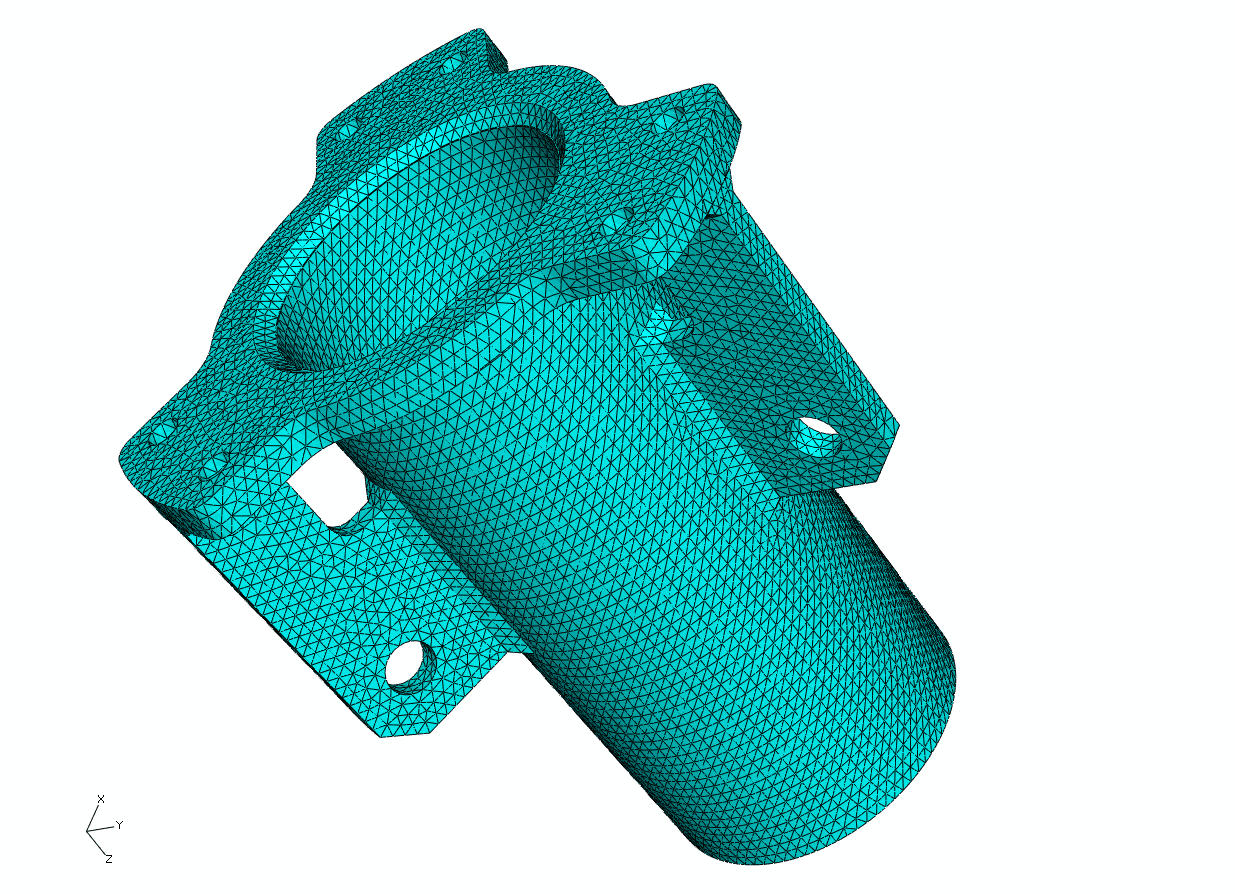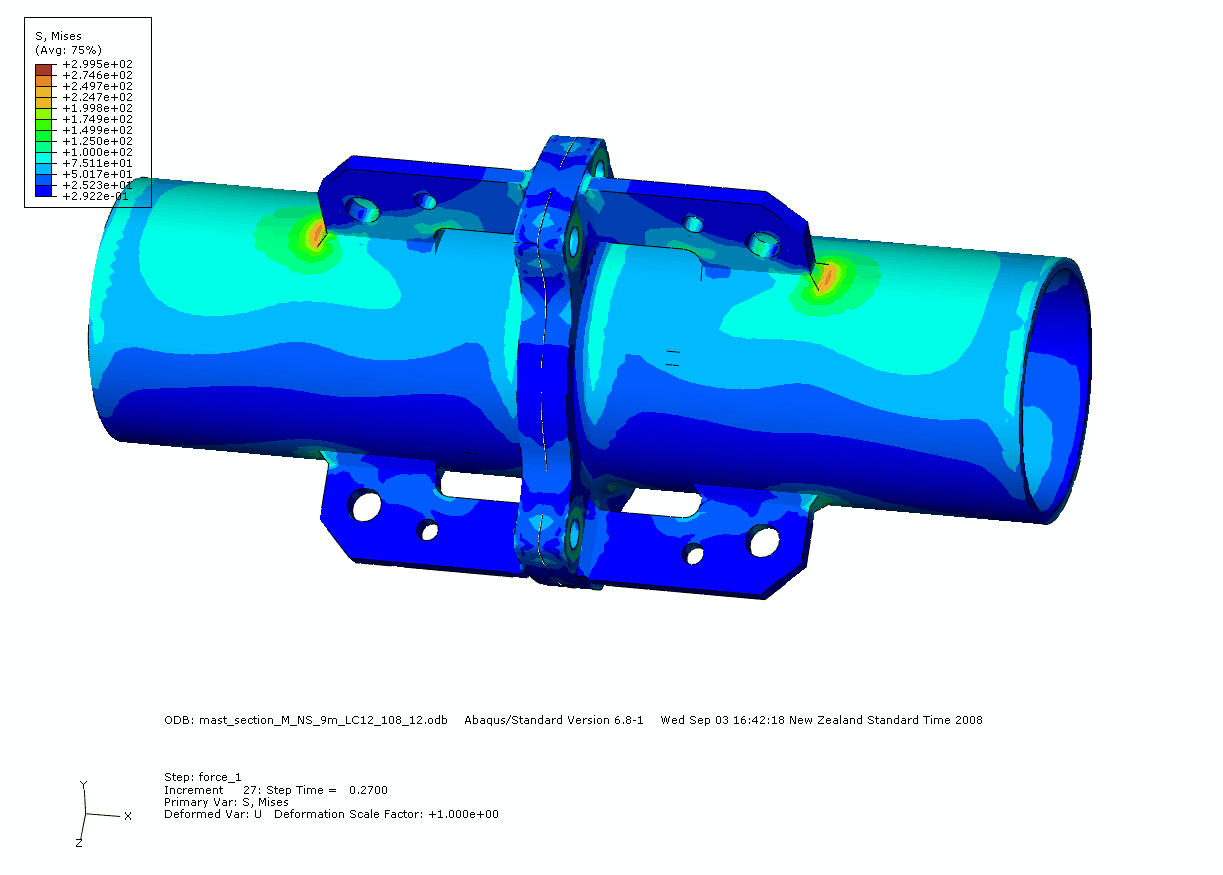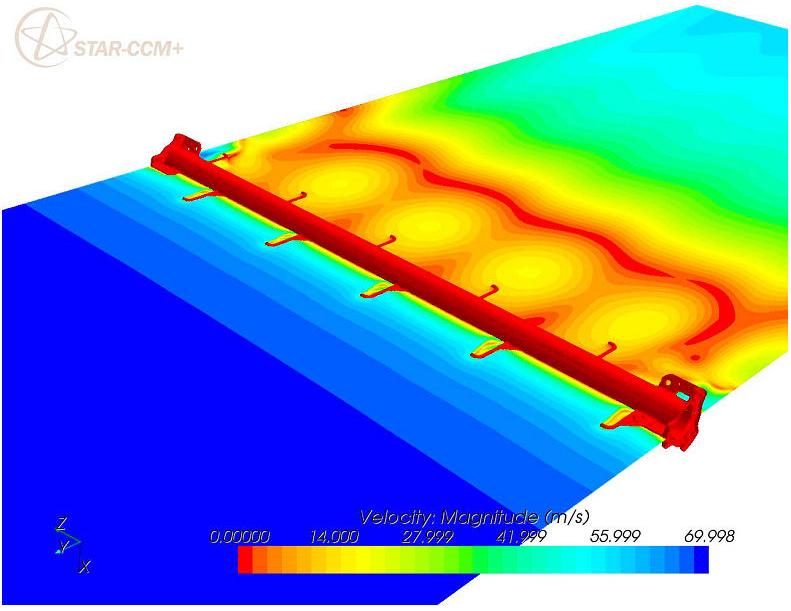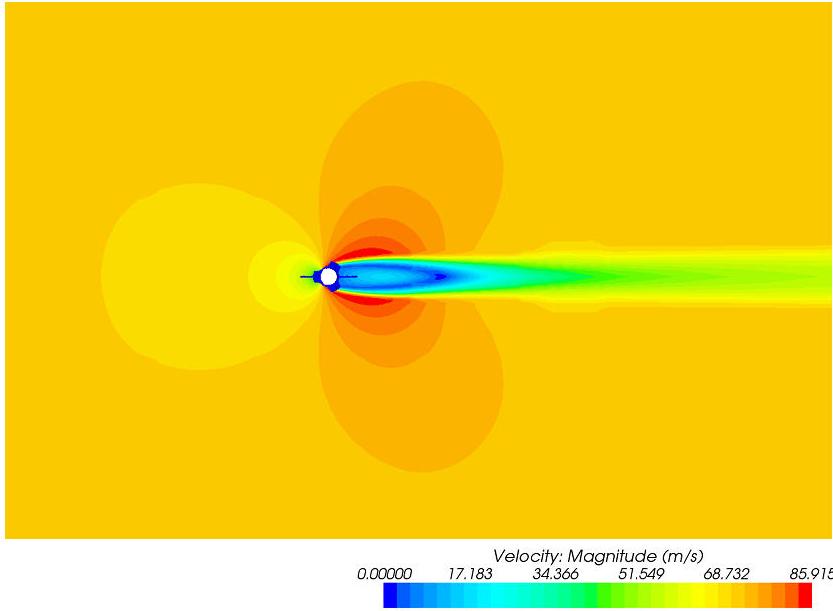MAST DESIGN BASIS
Tenergy's specification for the Trust Tower range is:
-
NOT a tilt-up, but a build as you go mast. This significantly reduces the construction risk. Such that construction insurance is now not recommended for the Trust Tower range.
-
Mast to be erected by helicopter, crane or a purpose built erection mechanism. This reduces the need for expensive ginpoles and makes use of the very cost effective helicopter services available in New Zealand. Masts can be erected in high winds up to 13m/s.
-
Mast to meet the wind loading standard, AS1170.2 and be suitable for any conceivable wind farm site in New Zealand. The Standard range of masts has design wind speeds in the upper 60's m/s to lower 70's m/s and has an ice loading capability far in excess of all tilt up designs.
-
To use a 3 guy system. This is more efficient than 4 guy systems, easier to tension and has reduced wind loading on the structure. The reduced wind loading assists the overall design by helping to reduce the masts' section sizes.
-
To use corrosion resistant materials where ever possible to meet New Zealand's corrosive environment. This has resulted in using Kevlar guys and also plastic coated galv wire guys to give either very high specification masts or cost effective options when needed.
-
To provide a mast for long term wind farm reference duty. The Standard mast with kevlar guys and stainless steel hard ends provides a very low maintenance mast designed for 25 years plus.
-
To meet high availability of data recovery (>99%) mean't having the ability to access the mast within 24 hours of notice of a failure. The permanent foot peg design enables abseilers to climb the mast in wind speeds up to 13m/s. (The normal limit set by the NZ Abseilers Association.)
-
To be able to install the mast in strong winds and meet normal HSE requirements. Footpegs are attached every 300mm up the mast and each foot peg has an inbuilt fall arrestor closed "ring" designed for a 6Kn load. Abseilers are always attached to one "ring" when climbing and to two "rings' when stationary.
SPECIAL FEATURES
-
Guying options include kevlar, stainless steel, gal wire, and plastic coated galv wire.
-
The top cap allows for installation of the highest instruments in totally undisturbed air.
-
The mast can be inspected externally and internally. Inspection ports are built into the base section and the top cap can be removed to allow videoscope inspection of the internal surfaces.
-
The mast sections are universal and can be used for any mast in the height range.
-
The flange design design allows for attaching a replacement guy at the same location, if there is a need to remove a damaged guy.
-
Tenergy supplied instrument booms are medium weight galvanised tubing to give extra rigidity for the instruments.
-
Tenergy supplied boom to mast clamps are designed to allow independent attachment of instrument booms. This assists installation and repair work.
ADVANCED ENGINEERING ANALYSIS
-
Finite Element Analysis (FEA) was carried out on the flange designs in two stages. The flange thicknesses were optimised along with the configuration. The flange connections are now a strong point in the design, unlike other masts where often the flange is the weakest point.
-
FEA was carried out on the guy-to-guy mast sections for various sizes and combinations. This improved the understanding of the mast for non-linear loading, in particular for large deflections. The guy-to-guy buckling capacities and points of highest stress are now known for loads where large deflections occur. This is used to cross check outputs from conventional modelling programmes.
-
Computational Flow Dynamics (CFD) was used to confirm the drag coefficents for mast sections and the inbuilt foot pegs and instrument cables that run down the mast. These are used to establish the wind loading on the mast elements.













